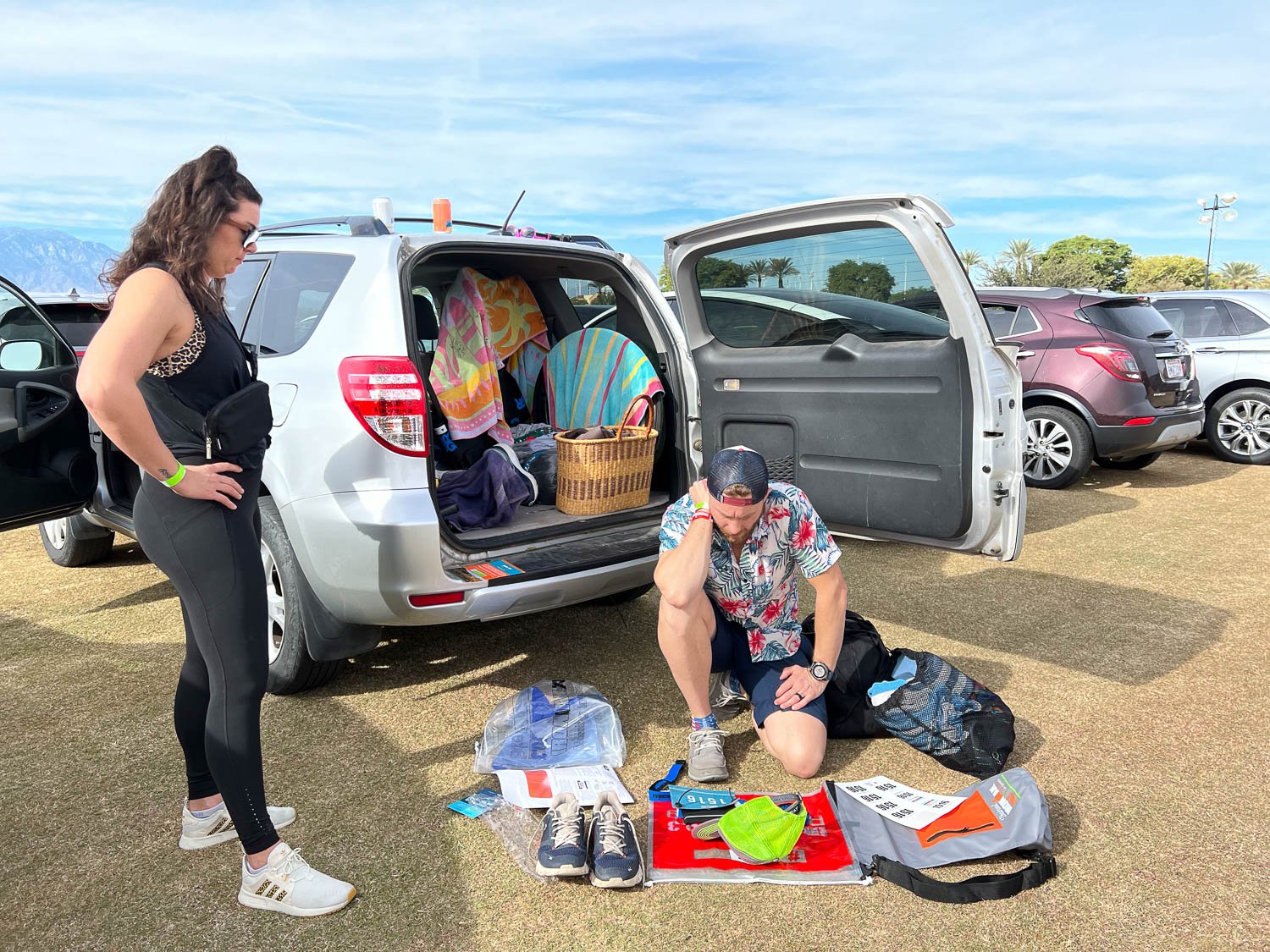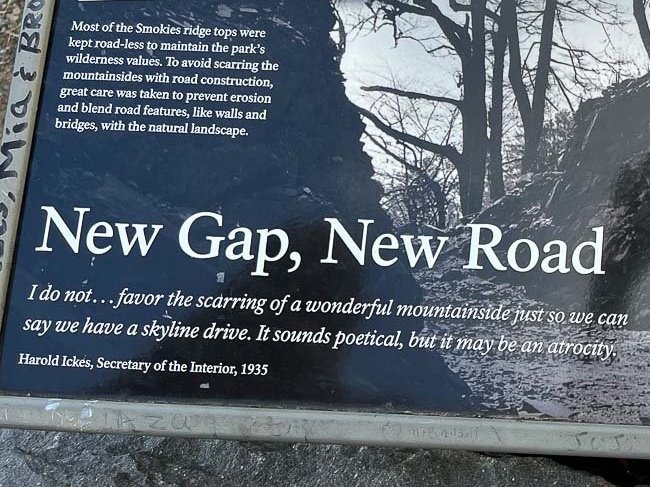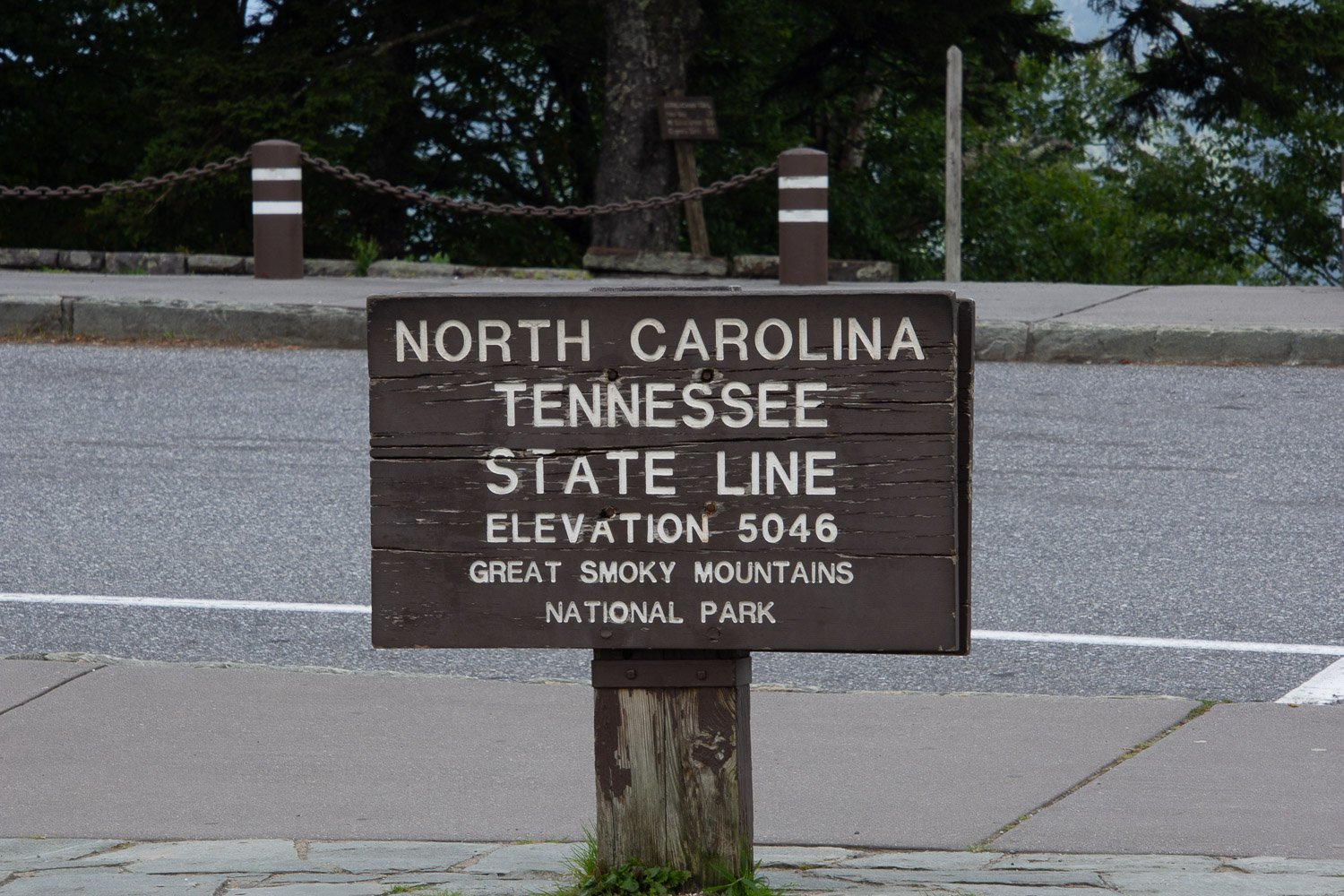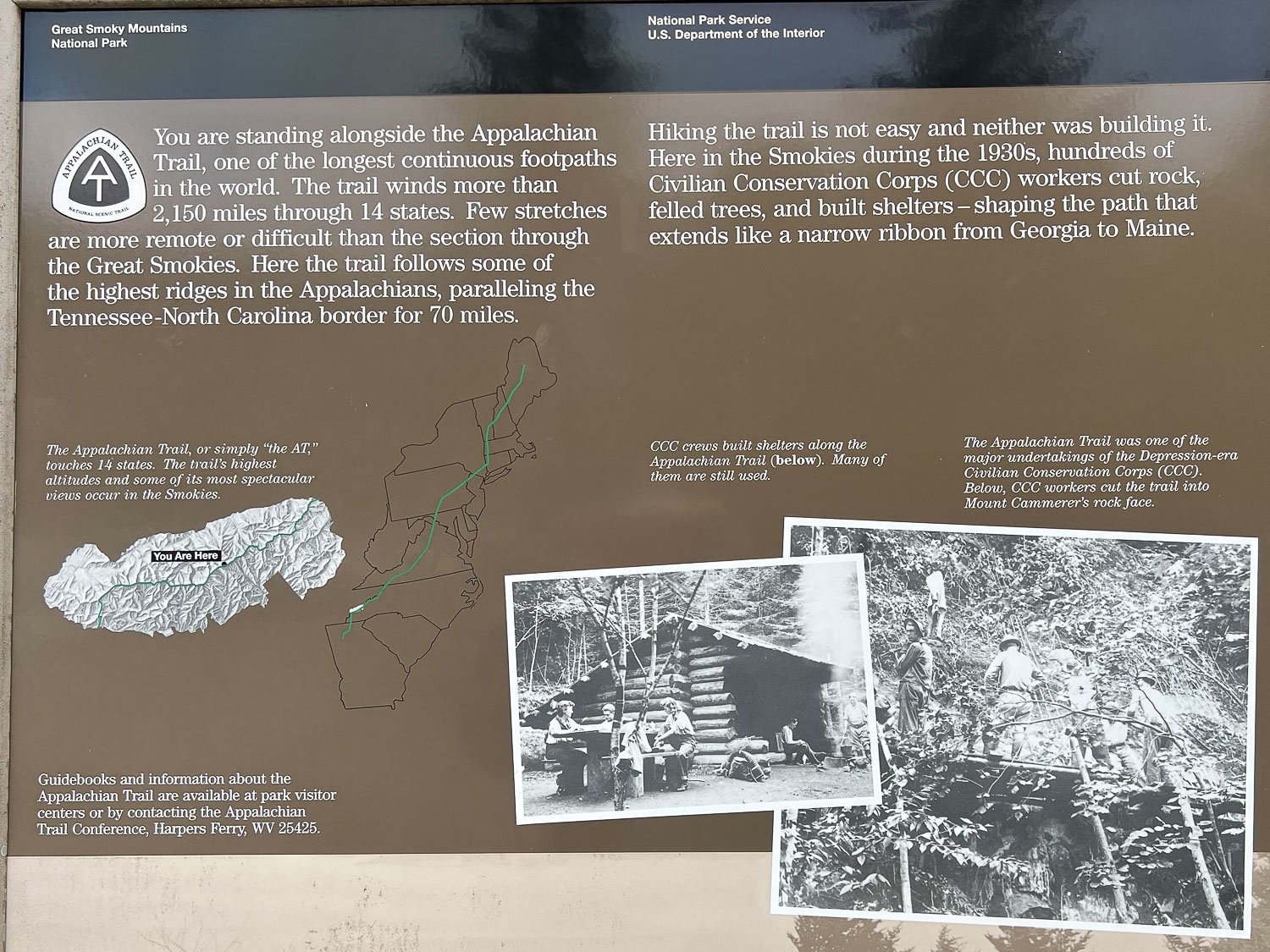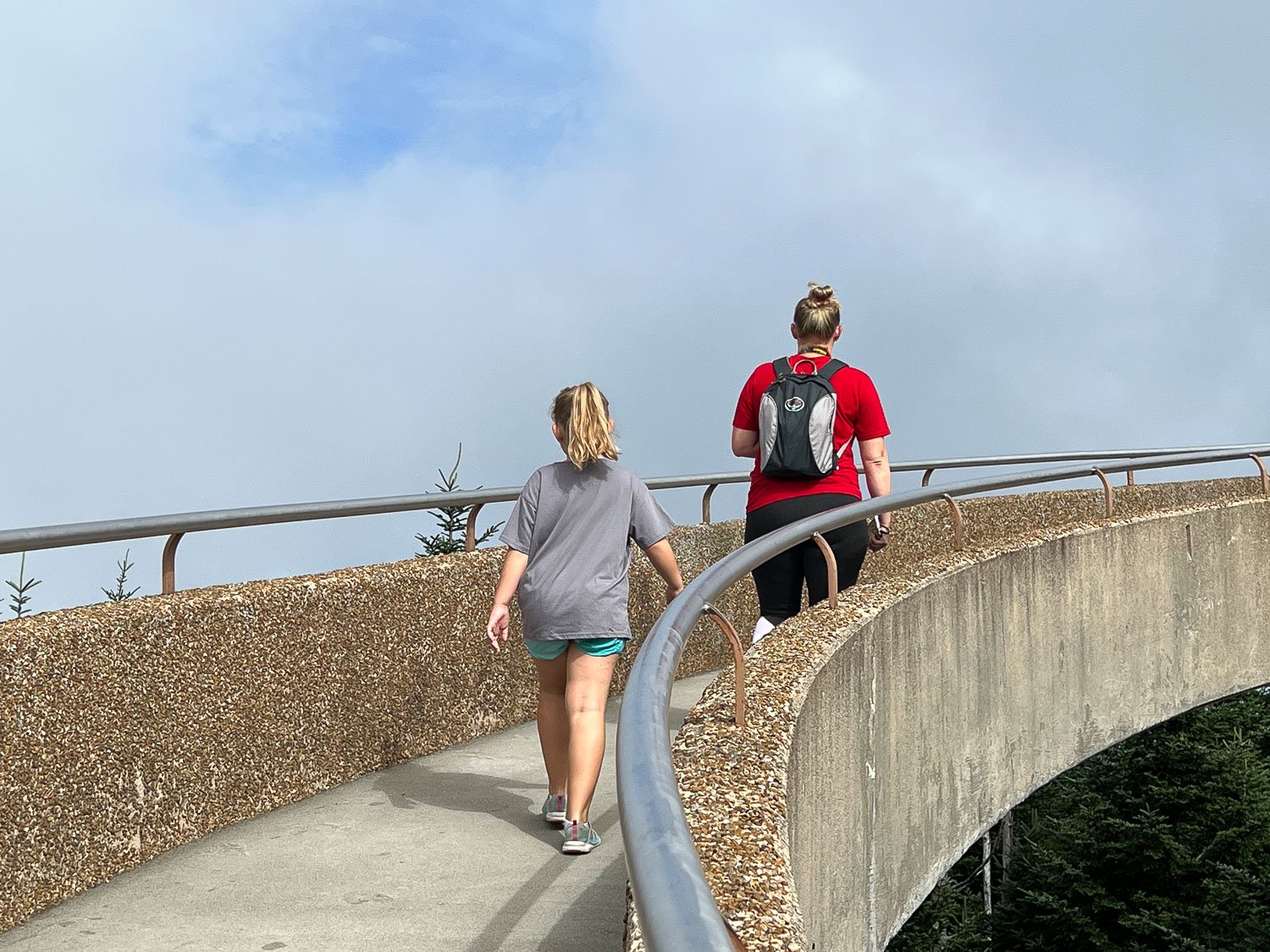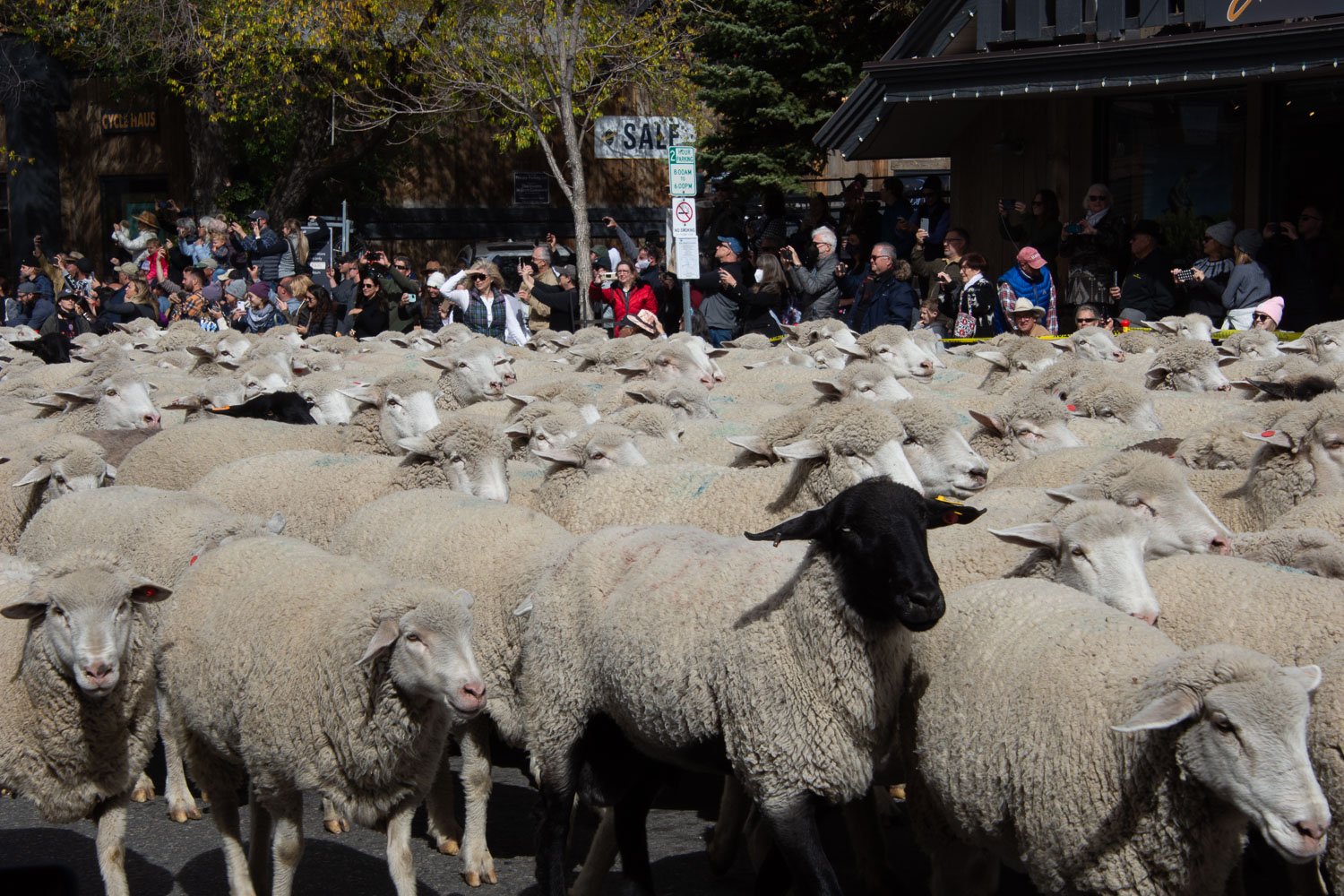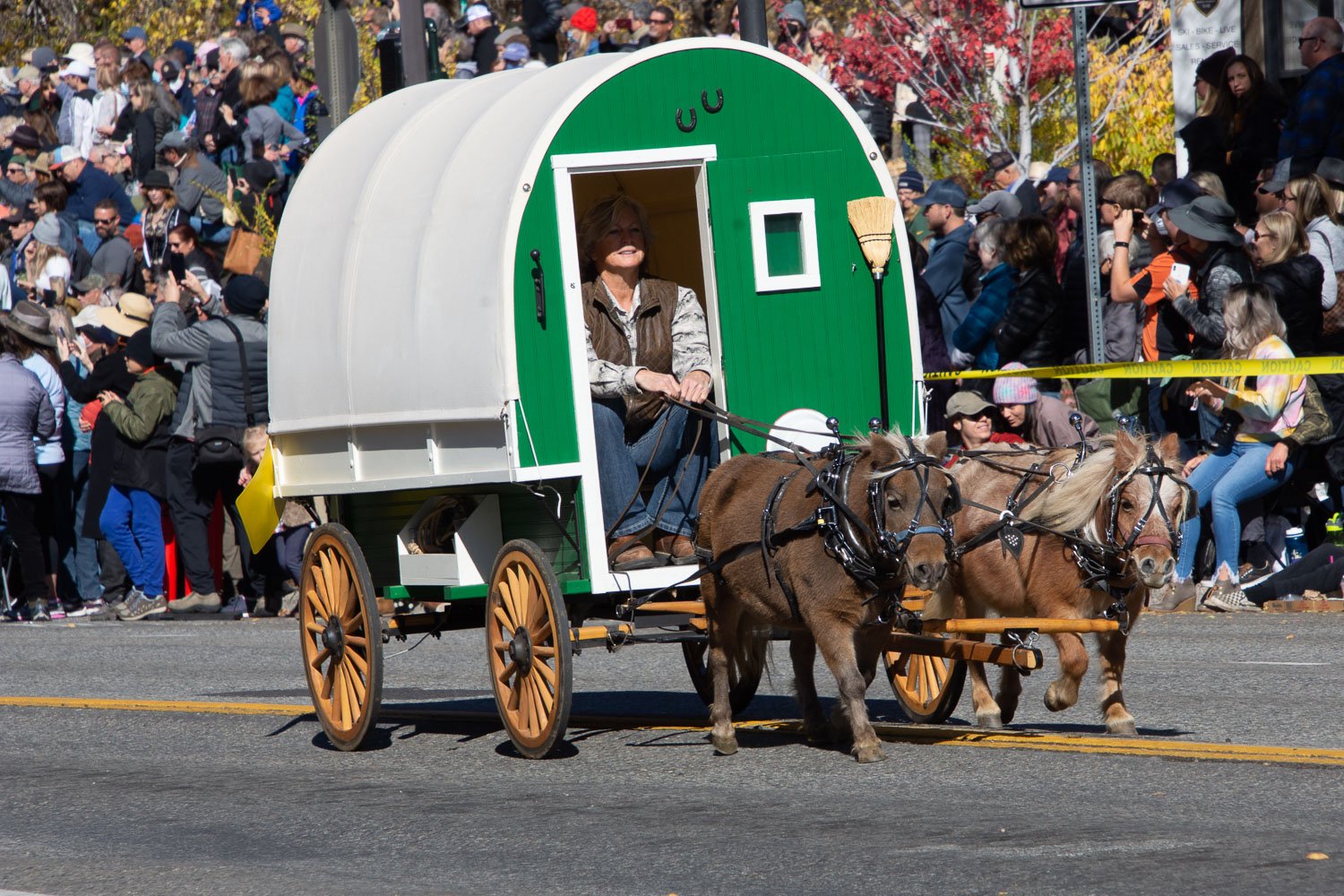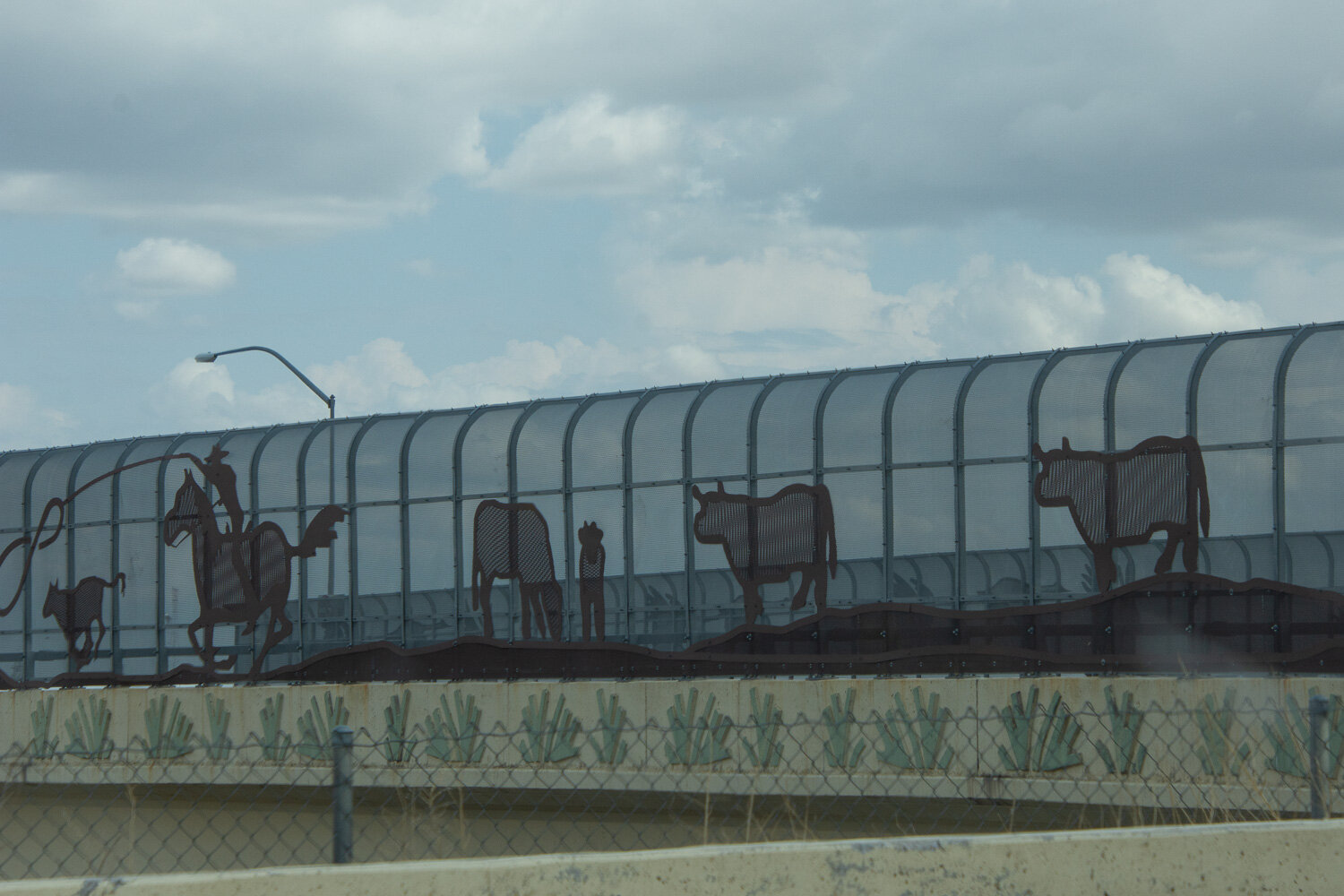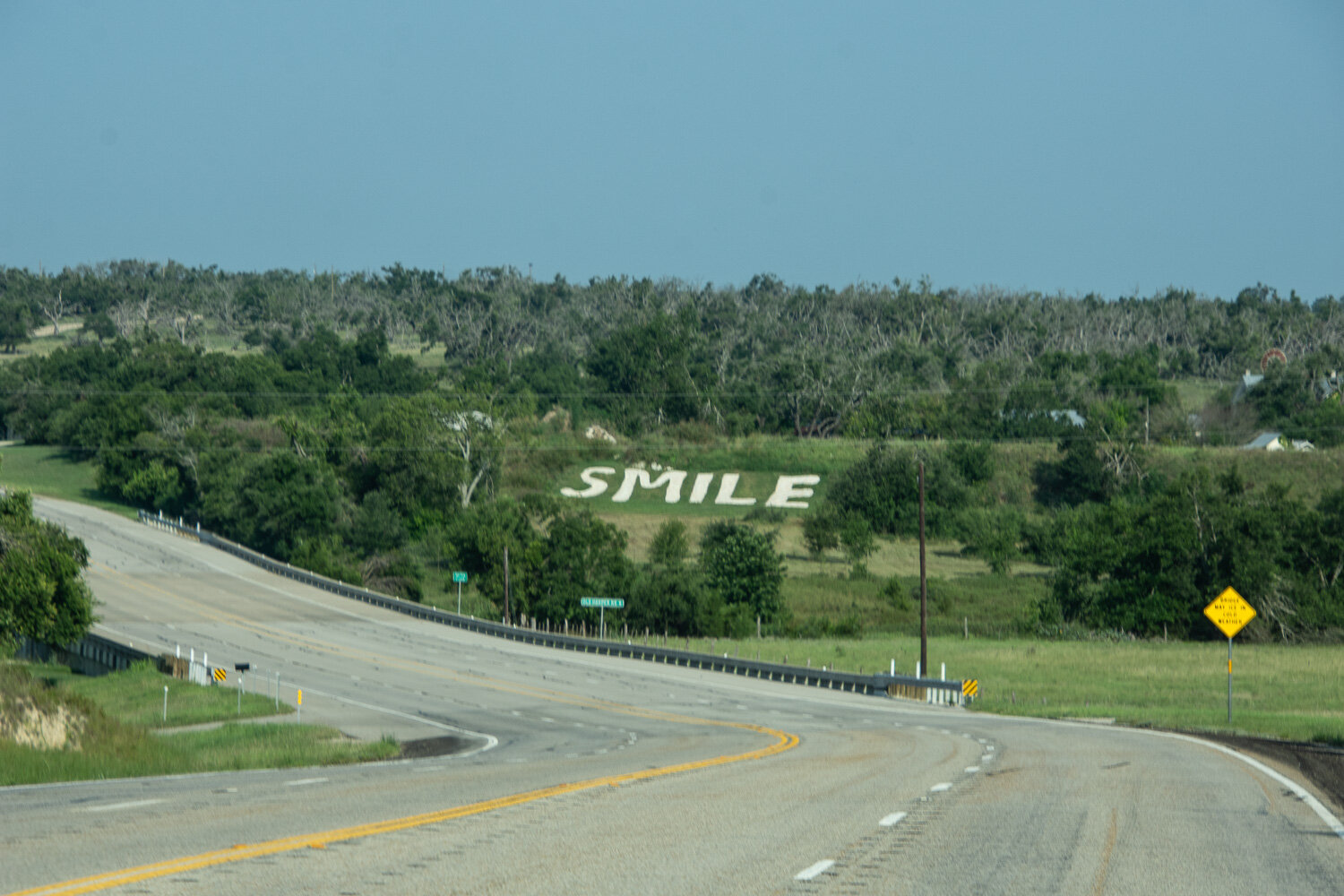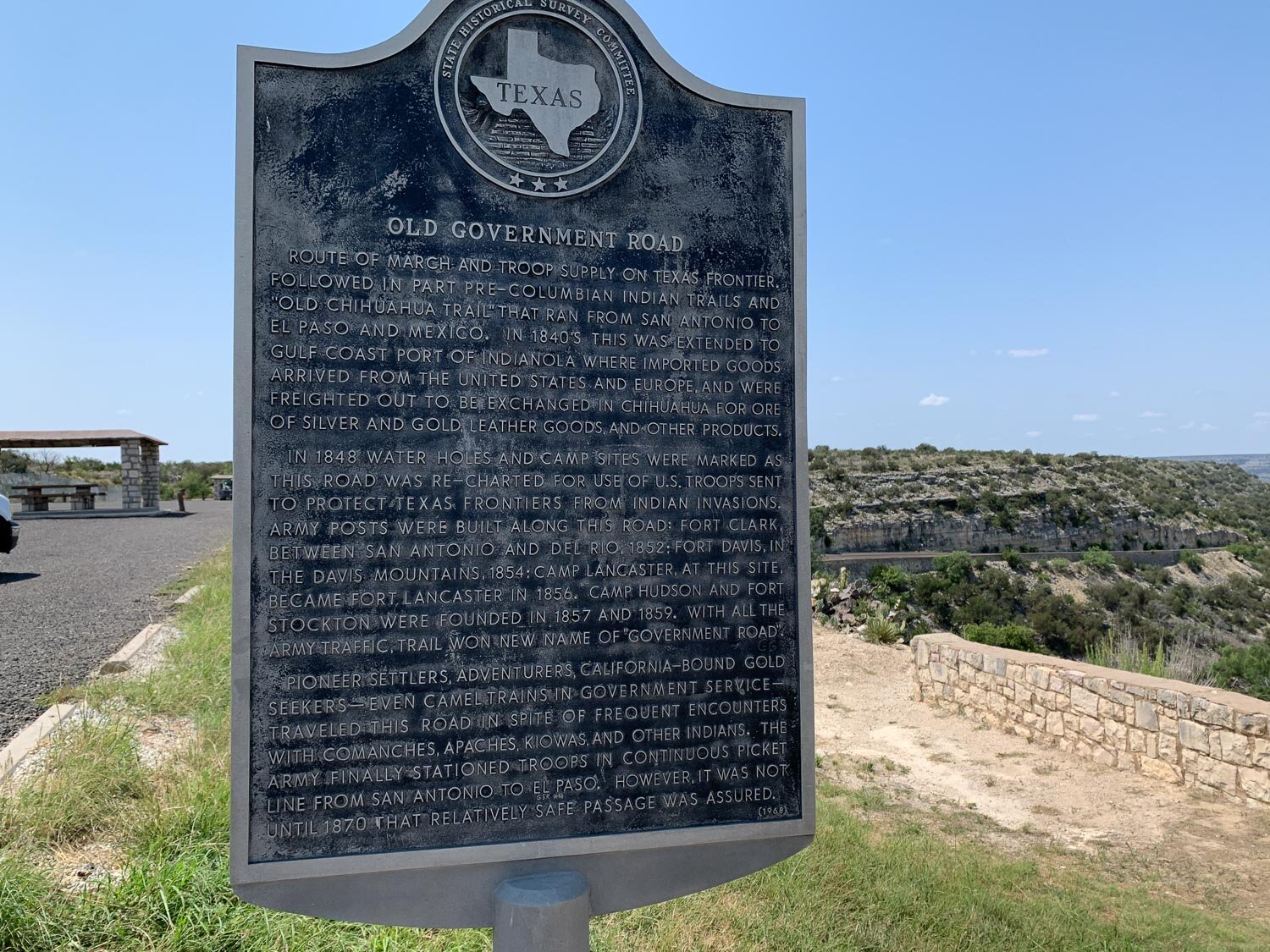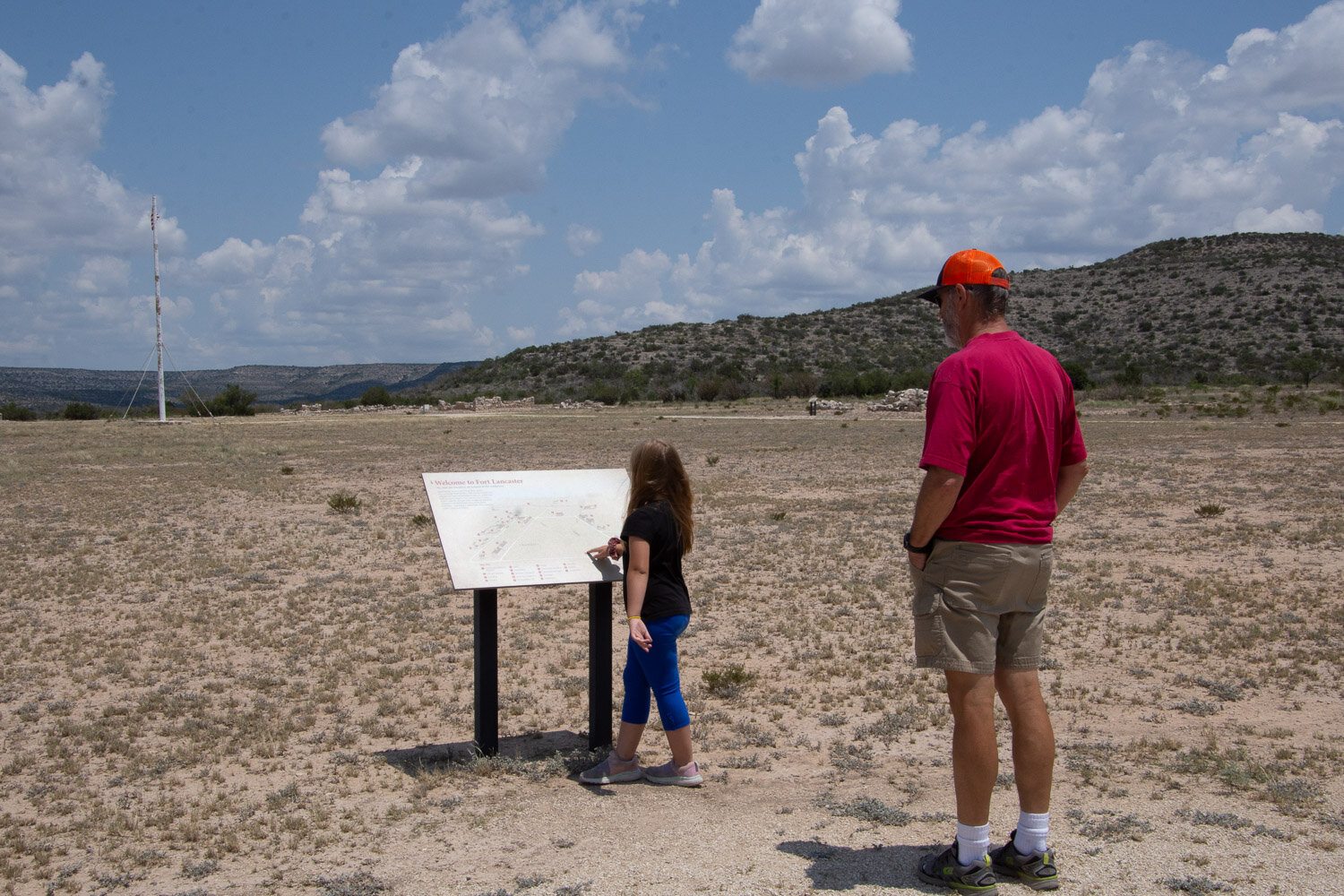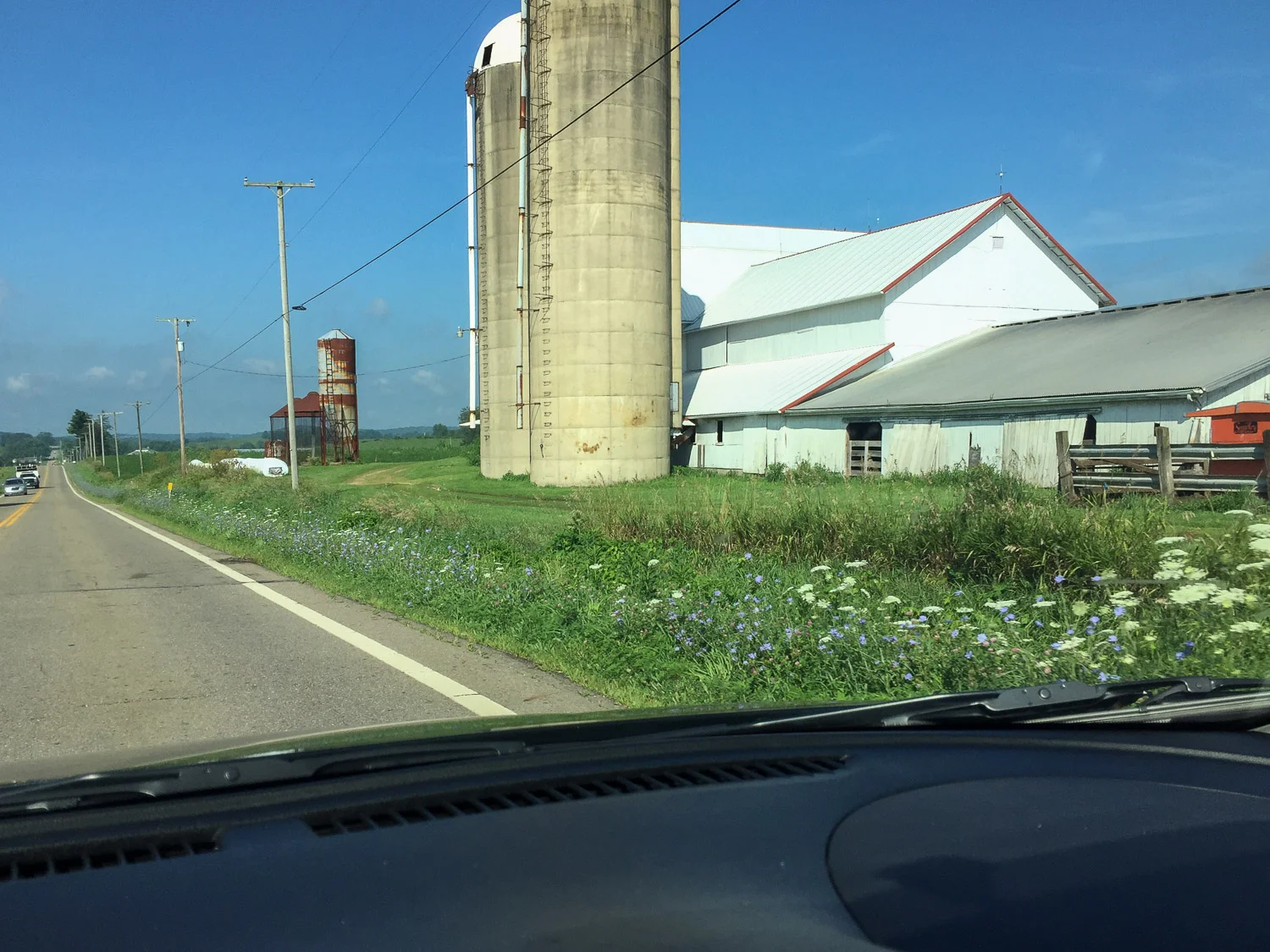Ironman 70.3 in Indian Wells - Part 1
/We spent a weekend away from the farm to hang out with Chris and Meryl at the Ironman 70.3 held in Indian Wells, near Palm Springs. They both signed up to do this event long ago but what with a move to Idaho and Life Complications they deferred to this year. Meryl is injured and didn’t compete but we all went to support Chris. Meryl flew to Palm Springs on Saturday morning and we picked her up before heading to the Ironman venue.
This is a view of the entry to the Ironman Village. This staging area was at a huge tennis pavillion and is the location of the bike/run transition and the finish. The planning and infrastructure that is part of the Ironman event is astounding. As you look through these photos imagine all the work that happens behind the scenes prior to this event and all of the equipment needed to set up the venues. I wrote about the Sacramento Ironman in October here and mentioned some of the issues. They have held this event at Indian Wells for a few years now and they have eliminated all the pitfalls.
Chris picked up the transition bags and a page of stickers with his number. The order of events is always Swim, Bike, Run. and the athletes try to get through the transitions as smoothly and quickly as they can—it’s all part of the accumulated time. In the Swim/Bike transition they have to strip off the wetsuit and pick up the helmet and cycling shoes and any other clothing or gear needed for the bike. They may change into other shorts or wear what they were wearing under the wetsuit, but maybe add sleeves or legs for cold weather. There are gear bags to hold the next outfit and to stash what is being left behind. Chris has experience with this so has it pretty well planned out, but it is important to get everything right. Each bag has the athlete number. There were over 1800 participants—that’s a lot of bags if they get mixed up.
An unusual addition for this event was the decontamination of the wetsuits. This was to prevent introduction of the quagga mussel into the lake.
Wetsuits were held in chlorinated water for 15 seconds and then hung to dry. Each athlete was given a tag to attach to the wetsuit to show it had been dunked. On race-day morning no one without that tag was to be allowed in the water.
The next step was to leave the bike and gear bag, all properly numbered, at the racks set up in the swim-bike transition area.
Before we left the lake for the day I noticed this sign.
We went back to the hotel and, wanting to give Meryl and Chris a chance to relax (and me not wanting to watch football for 4 hours), Dan and I went off in search of something to explore.
We drove not far out of town to the Visitor Center for the Santa Rosa and San Jacinto Mountains National Monument. This bighorn ram stands guard outside. The visitor center and the gates were closing in about 20 minutes so we did a brief walk along a nature trail nearby and then drove to a parking area where we could access another trail.
The main road was far off but I was able to zoom in on this sign.
We stopped at a 2.5 mile trail that makes a loop through the desert terrain.
Starting out on the trail.
This is looking back towards the Visitor Center and the San Jacinto Mountains.
There are several varieties of cactus out here.
It was getting to be dusk by the time we were ending the hike.
We were able to enjoy a beautiful sunset over the distant mountains.



